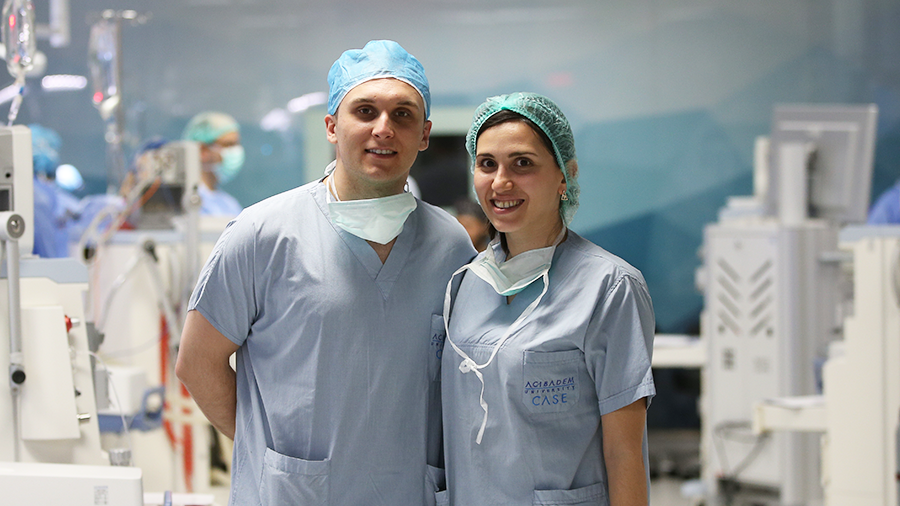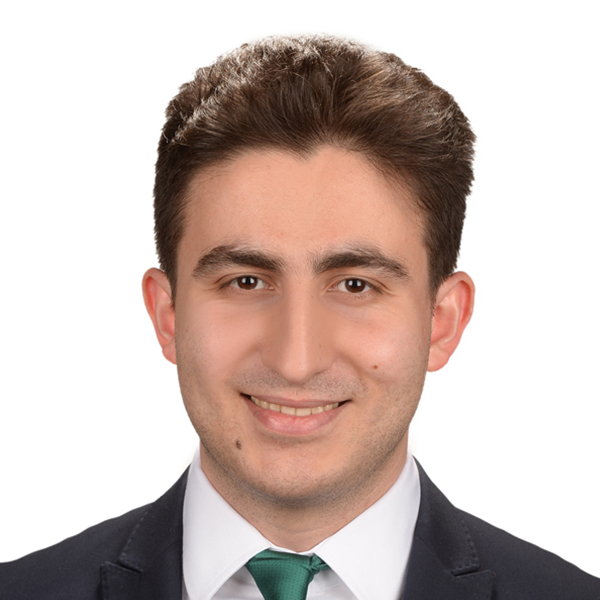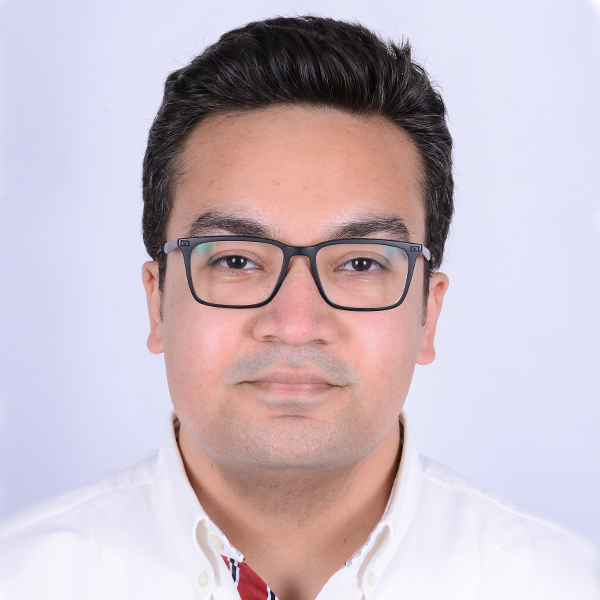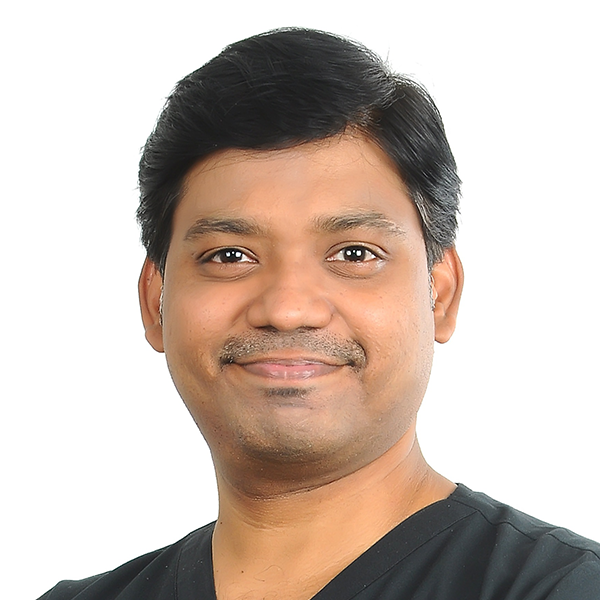Investing in young scientists and clinicians worldwide

AO Spine continues to identify, engage, and mentor talent with the 2021 AO Spine 2021 Research Start-Up Grant program, which recently awarded seed funding for twelve clinical and translational research projects to be carried out by young scientists and clinicians around the world.
Under the leadership of the AO Spine Research Commission, the program provides seed money to support young researchers in the early stages of their careers. The program is open to AO investigators 40 years old and younger who are within five years of completing a professional degree or initiating their first assistant professorship at an academic institution. Each one-year AO Spine Research Start-Up Grant is for up to CHF 25,000.
Sixty-five applicants answered the open call in March 2021. In a blinded peer-review process conducted through scientific evaluation by the AO Spine Research Commission, proposals were assessed for scientific merit, clinical relevance, and feasibility. Of all proposals submitted, 54% were clinical projects involving human subjects and 46% were translational research projects.
Age
Applicants’ mean age was 34 years old; the youngest applicant was 24 years old.
Applicants’ focuses
-
Degenerative spinal disorders
35%
-
Deformity
17%
-
Tumors
17%
-
Spinal cord injury
11%
-
Trauma
9%
-
Other
11%
Regions
All five AO Spine regions were represented in response to the open call:
-
Europe and Southern Africa
15%
-
Asia Pacific
23%
-
North America
18%
-
Middle East and Northern Africa
5%
-
Latin America
3%
Exploring a potentially revolutionary technology
Principal investigator Ali Ekrem Adiyaman from Turkey is investigating the effectiveness of using augmented reality (AR) headsets in spinal facet joint injections on human cadaver models and expressed that AO Spine's support is invaluable.
“I aim to use [an] AR head-mounted display when we perform facet joint injections, one of the most common interventions for back pain and often performed using C-arm fluorscopy,” he explained. “I will conduct a controlled experiment on human cadavers and test whether the margins of deviation are at a tolerable level by random blind scoring of the results of the fluoroscopy versus AR groups.”
In line with the AO mission of promoting excellence in patient care and outcomes in trauma and musculoskeletal disorders, Adiyaman’s study will act as a proof of concept to demonstrate the feasibility of using AR to reduce radiation exposure to health care personnel.
“With the progress of scientific research on AR, AR head-mounted displays and lenses will replace the classical neuronavigational systems in operating rooms in the near future,” he said. “I believe this technology will lead to revolutionary changes in our lives.”
Adiyaman—whose AO Spine involvement began by reading an interesting article and grew to participation in meetings and, ultimately, membership—said he is proud to be part of the AO Spine family.
“It is wonderful to share the same passion with so many other people from all over the world [who are] working toward the same goal,” he added.

Ali Ekrem Adiyaman

Ahmed Abdelazim A Hassan

Sudhir Ganesan
Evaluating remote spine examination
With his project, “Evaluation of the Reliability & Validity of Remote Spine Examination,” principal investigator Ahmed Abdelazim A Hassan of Egypt aims to prove that spine examination through telemedicine is a good option and a valid replacement for conventional, direct patient contact examination. By using both methods to examine patients and by comparing the results of those examinations, Hassan’s research will determine whether remote spine examination can be relied upon as a robust and versatile method even after the COVID-19 pandemic is over.
“Although the…pandemic had a devastating effect on the health care system in general, there were a few pros, one of which was the expanded use of telemedicine…through online consultation, examination, and postoperative follow-up,” he explains. “In the past, this was an option only a handful of patients chose but now—because of the pandemic—has become almost obligatory. Additionally, patients from distant places will be able to receive reliable medical consultation without traveling. This will help reduce the costs of medical service and will provide decent medical service to remote areas.”
Hassan was introduced to AO Spine four years ago during his first year of residency when he was a junior coinvestigator working under the supervision of Prof Mohammad El-Sharkawi on the AO Spine Knowledge Forum Trauma prospective multicenter clinical study, “AO Spine TL A3-A4.”
“This study was my window that introduced me to AO Spine, a great organization which is considered to be the linchpin of spine surgery all over the glove,” he said, adding that his AO Spine involvement grew with his participation in various courses, webinars, and seminars. In 2019, Hassan was coinvestigator in the study, “Vitamin D deficiency as a risk factor for spondylolysis in young adults,” funded by AO Spine Middle East and Northern Africa (AO SMENA). At the recommendation of his other mentor, Prof Ahmed Shawky, he applied for the AO Spine Start-Up Grant to support his current research project.
Investigating a novel approach to spinal cord injury
Sudhir Ganesan of India, who received AO Spine Start-up Grant support for his project titled “Tapping the role of Wnt Signaling for Neural Regeneration in Spinal Cord Injury—a Novel Approach,” commends AO Spine for its “vision in improving the knowledge of spine surgeons throughout the world.”
“This is achieved by various conferences, workshops, courses, etc…tailor-made for surgeons at different levels of experience in their spine surgery career,” Ganesan said, noting that AO Spine research activities and grants help establish emerging young researchers worldwide to innovate and implement new ideas.
Ganesan’s AO Spine Research Start-Up Grant project investigates the complex interplay between signaling pathways, which would help scientists develop an ideal treatment “for a miraculous clinical outcome” for spinal cord injury patients.
“Spinal cord injury is a complex pathophysiology involving several cell types that make [up] the spinal cord. The neurological deficit caused by neural death and disruption has been an unsolvable problem for surgeons [the] world over,” he said. “Heterotypic cell-cell interactions are governed by developmental signaling. An injury results in alteration in the developmental signaling pathways for repair and regeneration. Wnt signaling is a key developmental pathway in embryo and adult neurogenesis as well as in regeneration. The downstream signaling established depends on the specific Wnt ligand-receptor interaction as well as expression of other components of the signaling network.”
During the project, Ganesan aims to identify key players in regulation of Wnt-signaling-dependent axonal regeneration after spinal cord injury and identify the combination of proteins/small molecules which will facilitate Wnt signaling to function in pro-neuron and antiglial mechanisms.
“AO Spine has been the backbone for the development taking place in the field of spine surgery,” he said.

